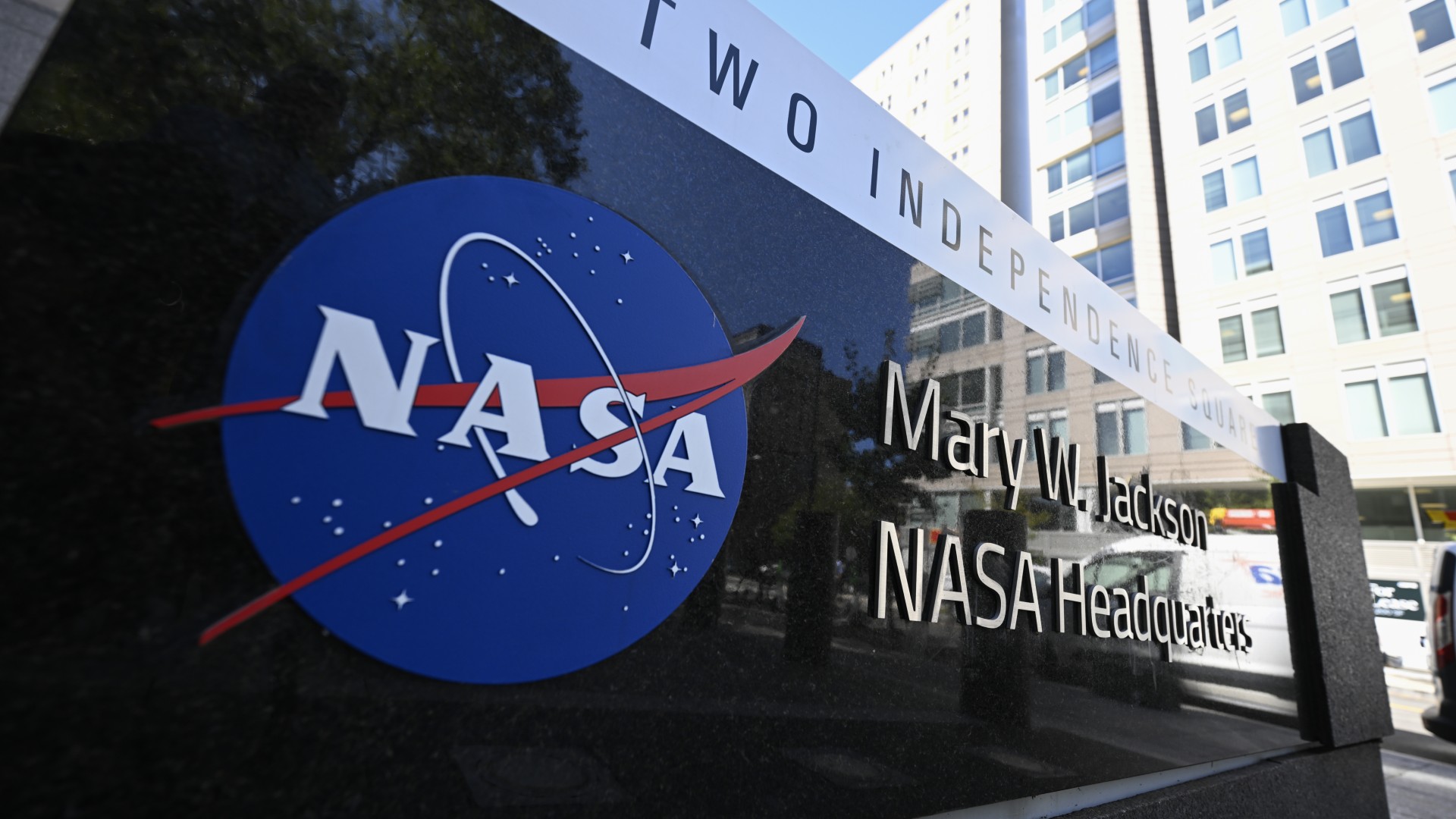Trump administration proposes slashing NASA budget by 24%

The rumors about impending NASA budget cuts were well-founded, it turns out.
The Trump administration released its proposed 2026 "skinny budget" today (May 2), laying out in broad strokes how it plans to allocate funding across federal agencies in the coming fiscal year.
Reports had suggested that NASA would take it on the chin, and that is indeed the case: The skinny budget slashes NASA funding by $6 billion compared to enacted 2025 levels, from $24.8 billion to $18.8 billion — a cut of 24%. That would be the biggest single-year cut to NASA funding in American history, according to the nonprofit Planetary Society.
The cuts are especially deep for space science, Earth science and legacy human exploration systems, which would be slashed by $2.3 billion, $1.2 billion and nearly $900 million, respectively.
NASA's sustainable aviation programs would also come to an end, and the administration's budget would "ensure continued elimination [of] any funding toward misaligned DEIA initiatives," according to NASA, referring to diversity, equity, inclusion and accessibility programs.
If this budget is enacted — a big if, as it must be approved by Congress — some big-ticket NASA programs will get the axe. Among them are Mars sample return, a joint effort with the European Space Agency to get material collected by NASA's Perseverance rover back to Earth, and Gateway, the planned moon-orbiting space station that has long been a key part of NASA's Artemis moon program.
And Artemis would be further reshaped in the coming years as well.
Breaking space news, the latest updates on rocket launches, skywatching events and more!
"The Budget phases out the grossly expensive and delayed Space Launch System (SLS) rocket and Orion capsule after three flights," the skinny budget document reads. "SLS alone costs $4 billion per launch and is 140% over budget. The Budget funds a program to replace SLS and Orion flights to the moon with more cost-effective commercial systems that would support more ambitious subsequent lunar missions."
SLS and Orion have flown together once — on the uncrewed Artemis 1 mission, which went to lunar orbit and back in late 2022. Under the new budget plan, the duo would be retired after Artemis 3, which aims to land astronauts near the lunar south pole in 2027.
The skinny budget increases funding for just one branch of NASA — human space exploration, which gets a nearly $650 million boost.
This is a reflection of Trump administration priorities, which value "returning to the moon before China and putting a man on Mars," according to the document.

Michael Wall is a Senior Space Writer with Space.com and joined the team in 2010. He primarily covers exoplanets, spaceflight and military space, but has been known to dabble in the space art beat. His book about the search for alien life, "Out There," was published on Nov. 13, 2018. Before becoming a science writer, Michael worked as a herpetologist and wildlife biologist. He has a Ph.D. in evolutionary biology from the University of Sydney, Australia, a bachelor's degree from the University of Arizona, and a graduate certificate in science writing from the University of California, Santa Cruz. To find out what his latest project is, you can follow Michael on Twitter.
You must confirm your public display name before commenting
Please logout and then login again, you will then be prompted to enter your display name.
